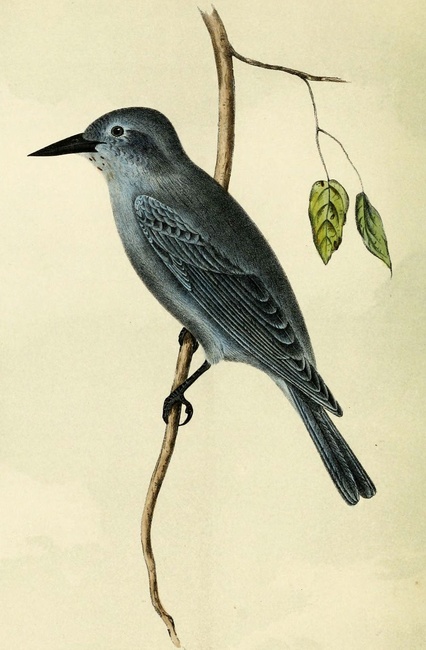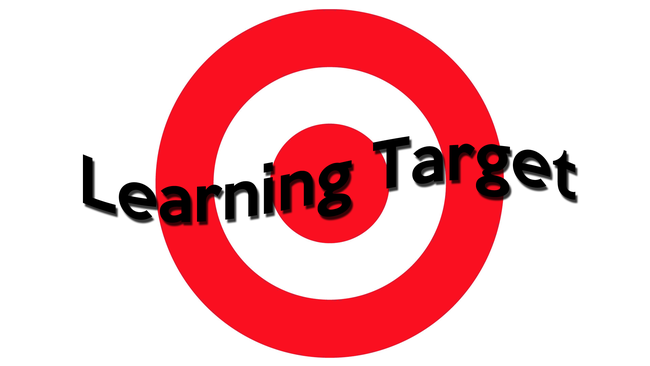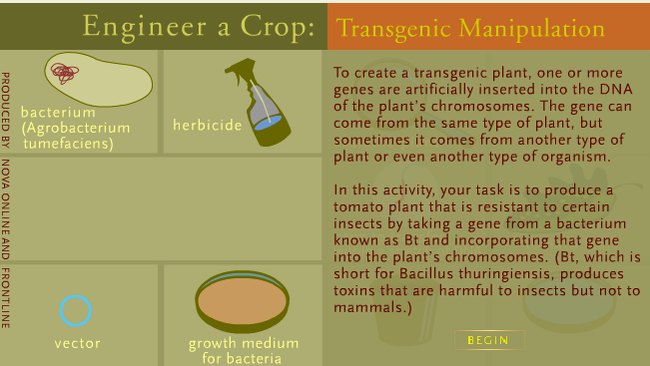‘Hunger Games’ Science: Investigating Genetically Engineered Organisms
A 'Novel' Science
Real Life Jabberjays?

In the movie “The Hunger Games,” the Capitol (a term used to refer to what we would call the government) produced genetically enhanced birds called jabberjays to spy on rebels. Unexpectedly, these birds bred with mockingbirds, creating a new hybrid bird called the mockingjay. The Capitol did not intend for this to happen, and the bird became a symbol of rebellion.[1]
Katniss Everdeen, the main protagonist of the Hunger Games book series, describes the genetically modified creature (and it's unintentional descendent, the mockingjay) early on in the very first book:
They're funny birds [mockingjays] and something of a slap in the face to the Capitol. During the rebellion, the Capitol bred a series of genetically altered animals as weapons. The common term for them was muttations, or sometimes mutts for short. One was a special bird called a jabberjay that had the ability to memorize and repeat whole human conversations. They were homing birds, exclusively male, that were released into regions where the Capitol's enemies were known to be hiding. After the birds gathered words, they'd fly back to centers to be recorded. It took people awhile to realize what was going on in the districts, how private conversations were being transmitted. Then, of course, the rebels fed the Capitol endless lies, and the joke was on it. So the centers were shut down and the birds were abandoned to die off in the wild.
Only they didn't die off. Instead, the jabberjays mated with female mockingbirds, creating a whole new species that could replicate both bird whistles and human melodies. They had lost the ability to enunciate words but could still mimic a range of human vocal sounds, from a child's high pitched warble to a man's deep tones. And they could re-create songs. Not just a few notes, but whole songs with multiple verses, if you had the patience to sing them and if they liked your voice.[2]
Activity| So could something like the jabberjay exist in reality? What are your thoughts? How does it compare to others?
Click here to take the jabberjay opinion poll
Fiction or Reality?

While the jabberjay is a fictional bird, the way it came into existence is actually rooted in real science. Genetic Engineering is the deliberate modification of the characteristics of an organism by manipulating its genetic material.[3] Many living organisms can be genetically modified to produce a version of the organism that has more desirable traits for humans. These 'new' organisms are called Genetically Engineered Organisms or Genetically Modified Organisms.
Learning Targets
In this module, the learner should aim to accomplish the following objectives:

- Be able to describe how genetically modified organisms (GMO's) are created.
- Engage in debate over the merits and concerns of creating genetically modified organisms (GMO's).
- Be able to describe the D.I.Y. Biology movement
The Learning Center: What are GMO's?
Watch the video below for an introduction to genetically modified organisms using genetically modified foods as an example. After watching, continue on to the next section.
Learning Lab: Engineer a Crop

So what needs to be done to genetically modify an organism? 'Engineer a Crop' is a digital simulation lab, created by PBS. This resource will walk you through the experience of genetically modifying an organism.
Activity | Complete the Learning Lab.
D.I.Y. Biology

Together as a class we will be reading an article entitled D.I.Y. Biology, on the Wings of the Mockingjay.
In the article, James Gorman reports on the growing availability of tools to modify organisms, and the possibility that a creature like the bird imagined in the “Hunger Games” series could someday exist.[4]
Activity | As part of our learning, we will be participating in a whole class discussion in our discussion forum.
Go to the discussion forum to take part!
Once everyone has a chance to reply, please make at least one thoughtful reply in response to what another student wrote.
Debate and controversy
In the Gorman article, the author states, “The tools needed to modify organisms are already widely dispersed in industry and beyond.” That could mean the development of an animal like a jabberjay might not be so far-fetched. In fact, a growing “do-it-yourself” biology movement raises concerns about how easy it might be for people outside research laboratories to create harmful micro-organisms.[5]
Activity | Controversy
Read an article by Carl Zimmer called Amateurs Are New Fear in Creating Mutant Virus.
Activity | Debate
The Zimmer article raises two key questions:
- Should a research paper that details how to make an airborne version of the H5N1 avian influenza virus be published?
- Is the D.I.Y. biology movement a helpful or hurtful movement in science?
We will be using the avian flu example to explore these questions. You will be creating presentations for the National Institutes of Health’s National Scientific Advisory Board for Biosecurity regarding D.I.Y. biology and current research into the avian flu virus.
We will be jigsawing you into different groups in order to represent all the sides in this debate. You will be assigned to one of the following groups:
| Groups |
| D.I.Y. Biology Experts |
| Scientists who support publication |
| Researchers opposed to research & publication |
| National Scientific Advisory Board for Biosecurity |
Once our debate is complete, click here to find out if the findings were actually published or not.
Additional Learning Resources
The following is a collection of additional resources to help support your initial and continued learning in the arena of Genetically Modified Organisms:
- The ABC's of GMO's
- ABPI Schools: Genetic engineering
- Genetically Modified Neon ‘GloFish’ Could Threaten Natural Species: Report